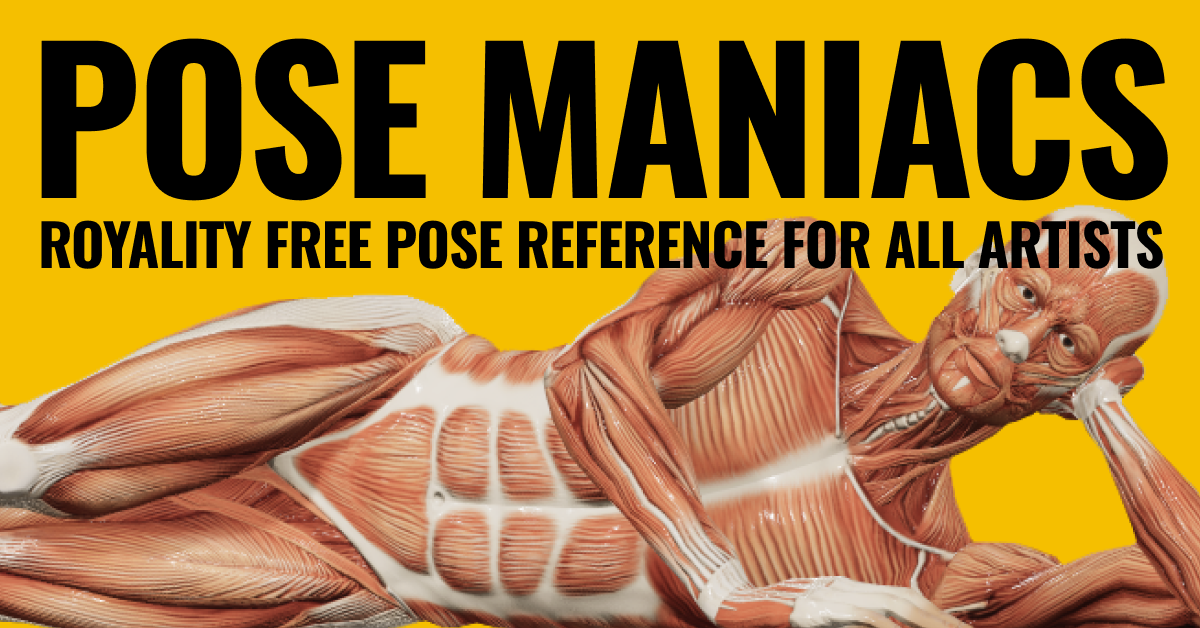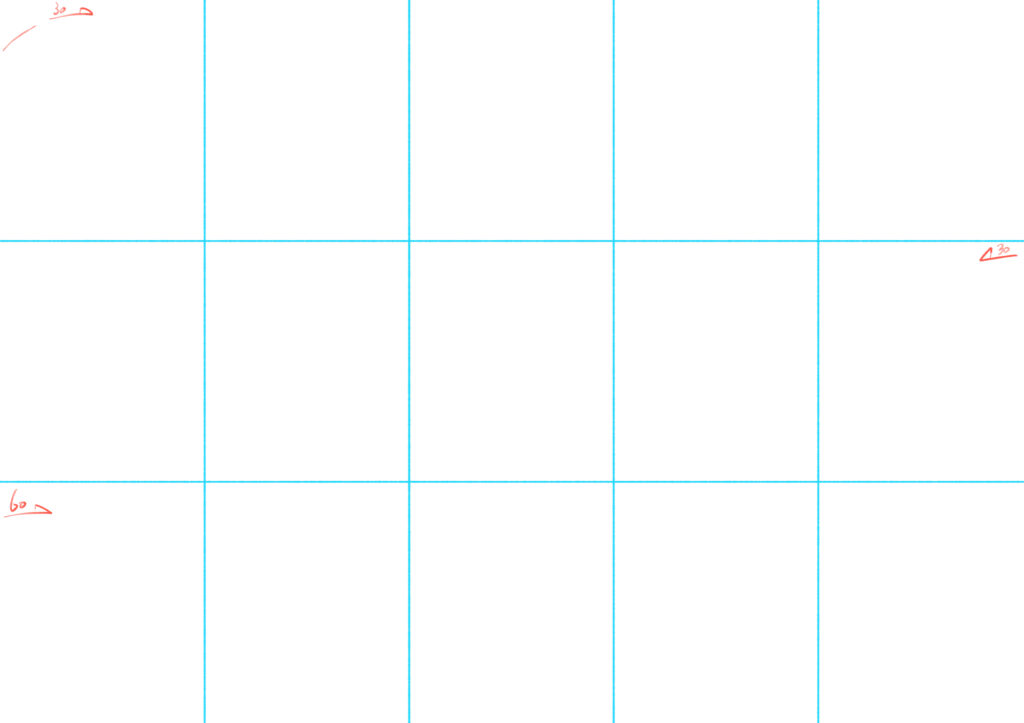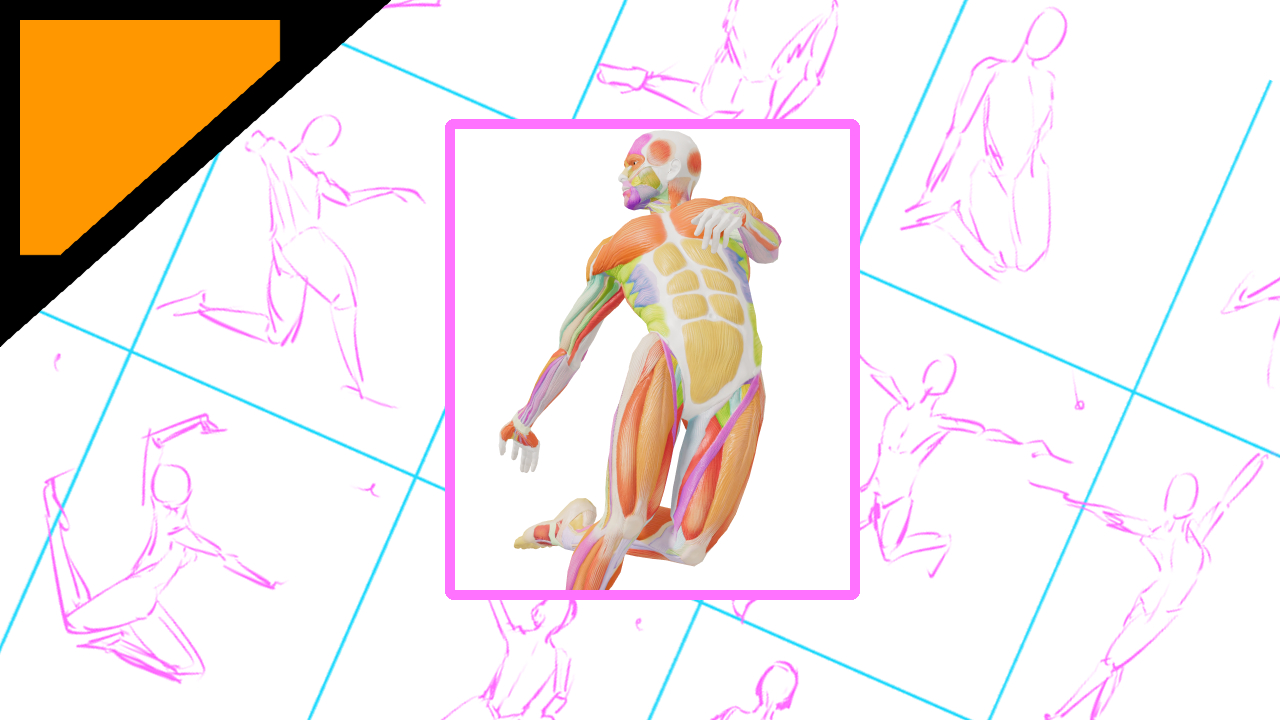I have posted on Blue Sky, but I took a suggestion from someone who teaches me to illustrate and told me to try drawing every day, and without thinking about the effects or anything else, I blindly trusted him, and even now I continue to do so.
I will write an article as a log of how we are doing and what effects we are experiencing.
The way we are actually working on it
How do you do it? I would say, “I don’t know,” but the end result is a series of 30-second drawings of Pose Maniacs.

I do this as a warm-up.
When I start drawing that day, I do a Posemaniacs drawing first and then start the picture I want to draw that day. I have managed to keep it up.
set value (e.g. of a function, parameter, etc.)
The settings are as follows, but the texture is set to muscle mode.

The models are male and female, but I don’t like the fact that the female model’s arms are too thin (difficult to draw). The difficulty level is normal.
With this setting, I did 10 drawings for 30 seconds, then changed the interval to 60 seconds and did 5 drawings.
A total of 15 drawings is considered as one set.
Canvas setting

The canvas is B4 horizontal size (3541 x 5016), delimited by a frame line.
The top 10 frames in this frame are the 30-second frames, and the bottom 5 are the 60-second frames.
The actual drawing will look like this. I change the colors according to my daily mood.
I feel that just changing the color is a refreshing change of pace and helps prevent boredom.

These are marks on the top right and bottom right of the frames, which are for when I reduced the size of the 15 paintings and looked at them as a whole, and marked the frames that were well done.
This is for looking back.
Reasons for muscle mode

As I mentioned earlier, I set the texture to muscle mode, and this is also the result of consulting with the person who gave me the example. To be honest, at first I was quite scared of the face, but thanks to the muscle mode, I am now able to draw the face, flanks, and calves with the awareness that there are muscles when I draw a bare body.
Of course I think the skeleton is important, but I now understand that the way I draw the lines will change if I am not aware of the muscles that ride on the bones.
Just because I understand it doesn’t mean I am doing it!
To be honest, there are too many muscles in the human body, and the connection and flow of the flesh is still unlearned.
In terms of studying muscles, I think 30 second drawings are not effective because the time is too short.
Effect as a realization
At first, I had no concern for what effect it would produce, and I did it because I was told to do it.
However, although the time is 30 seconds x 10 + 60 seconds x 5, which is a little over 10 minutes, there was a time when I started doing it and after a while, I gradually lost track of what I was dedicating these 10 minutes for, and I got a little tired of it.
I was told to ask them when they told me to execute it, but when I asked them later, they said, “If you do this, it will make it easier to understand how to get the silhouette and flow, and it will change how the line runs that day!” I was given an explanation that was both understandable and unintelligible.
I had been drinking and continued to draw with what I thought I somehow understood, but recently I have been feeling the effects that I am realizing for this drawing.
You can gain experience by drawing poses you never imagined you’d want to draw.

In Pose Maniacs, the combination of creative poses and camera position fluctuations results in poses that you would never think of drawing in the first place!
When I draw my own pictures, I want to make the character take a cool pose like this, or draw a cute gesture! I think everyone draws the best picture they can think of while thinking about how they want the character to look or act.
Pose maniacs don’t care about such things and force me to draw poses that I have never seen in my personal life, so I can gain experience without denying it.
It is a flaw that the poses and camera positions sometimes make me laugh.
I think it also helps me to make my own template of human body balance, which I will explain later.
Self-templation of human body balance
This is what I was thinking about most recently.
I also wondered if it could be connected to the silhouette when you explained it to me.
The human body models are in various poses, but it is not possible to draw the details in only 30 or 60 seconds.
At first, 30 seconds was really too short to draw anything.

This is the first edition.
Looking at this again, I think I’ve learned a lot in 30 seconds, haven’t I?

As I proceed, I realize that it is impossible to draw the human body in the limited 30-second time frame unless I narrow down the points to look at and draw to some extent.
I have not talked with almost anyone who draws at the same level, so I do not know the details, but in my case, I start with the head, shoulders, elbows, wrists, torso, hips, hips, knees, and finally feet.
Depending on the pose, the order may change a little, but I generally draw in this order.
Generally, the joints are drawn in this order.
I am getting to the point where I don’t have to worry so much about where to place the joints.
For example, the position of the elbow is usually placed under the ribs, and I feel that the distance from the shoulder to the elbow has become a template for me.
I think this is the effect of being forced into various poses.
Building up the ability to capture the surface
The human body is not rectangular, but thanks to the odd pose, we can observe and draw on days when we have more time, not only the front and back of the arms and body, but also which surfaces of the arms and torso are visible.
This easy awareness of planes is the muscle texture.
Each time I look at this model, I gradually become aware of which color muscles are growing in what direction.
When you look at the model from the front, the muscles are attached to the side, so if they are seen on this side in this pose, it means…something like that.
We live in three dimensions, and we can visualize a three-dimensional box from one to three sides.

When I have time to spare or for a change of pace, I may box a human body model. Which way is this body facing?
Depending on the angle, only one side may be visible, or three sides may be visible as in the picture above.
Recently this has become a little clearer to me.
I also do some analog practice with a croquis book, and I was once told, in response to a practice drawing I did of a human body in a box, that “beginners can’t draw boxes,” which was a bit of a shock.
But now I think I understand the point a little better.
With 30-second drawings, I can’t yet firmly separate the planes, and I don’t have time to express myself, but with 60-second drawings, I have a little more leeway, so I draw with some awareness.

In this case, it is around the flank.
I know that I am still not fully aware of this at this point, even though I am writing such great things.
However, by drawing the muscle model, I think I have been able to see more or less what is going on.
Summary
At first I have been drawing ritualistically without knowing the meaning, but now I am working on it as a warm-up that has a proper meaning.
I have to come home late or go out for drinks due to work, so it is impossible for me to do it every day as you said, but even on days when I can’t find time to draw, there are days when I just do this for 10 minutes of drawing.
I think that how much it means to me depends on how I approach it, but I still want to be able to draw as well as possible, so I will continue drawing at least as long as it has the effect that I am feeling now.
I started doing these 30-/60-second drawings in June 2024, and although there were periods of slacking off along the way, as of January 2025, there were 80 drawings.
The period of time is not much, but still, I have drawn 1,200 bodies, since each piece is 15 bodies.
There are some bodies that are only half of the body because I ran out of time.

By the way, I have 8 cards this month. There have been some lapses due to the flu and drinking, but it’s a good pace for me.
I want to work on this so that I can feed off of something each time, rather than just rambling on so that I can make solid progress.
And finally, a time lapse of the drawing.



Comment